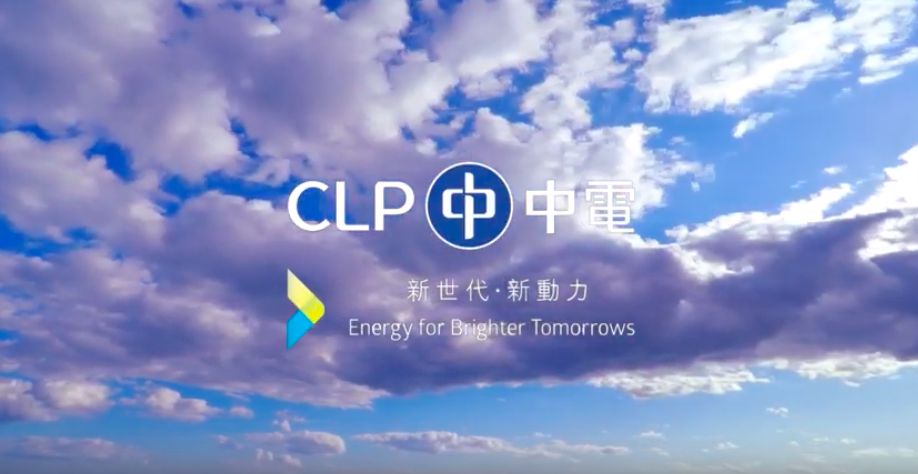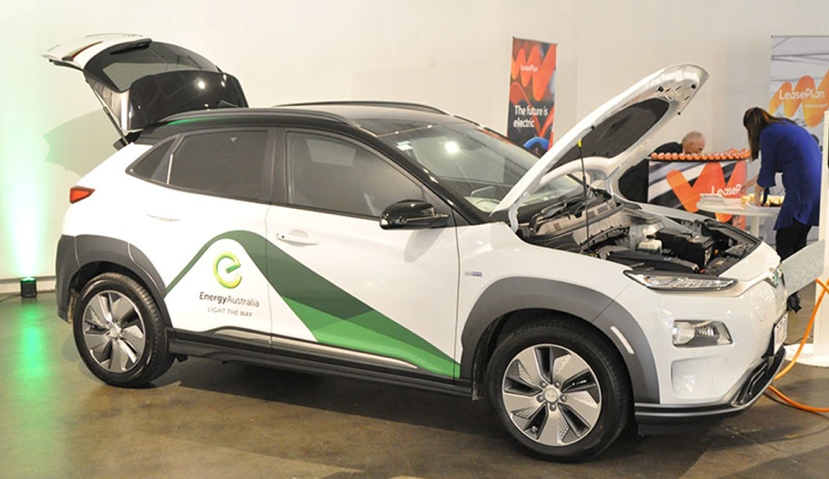
Richard Lancaster, CEO, speaks at a panel themed “Profit with Purpose” alongside Mr Ronnie Chan (left), Chairman of Hang Lung Properties Limited, Mr Henry Fan (second from left), Chairman of Hong Kong Hospital Authority, and Dr Ruth Shapiro (right), Founder and Chief Executive of Centre for Asian Philanthropy and Society.
Sound public policies are required to balance the social, economic and environmental needs and support the long-term development of communities. CLP participates in a range of industry and professional bodies to discuss the major issues deemed important to ongoing viability and success, in particular climate change and energy.
When joining any organisation, respective Public Affairs teams act as a control point and will consider the appropriateness of the membership request. The Group CEO or respective MD approves the participation, to ensure the position of the organisation supports CLP’s mission, in particular its ambition towards decarbonisation.
Following is a list of organisations which are active in climate change and broader energy market policies, and to which CLP devotes significant resources through membership, sponsorship, and other contributions including active participation by senior management. CLP has contributed annually over HKD 250,000 (or equivalent, in cash) on average over the last 3 years to the organisations listed below (by alphabetical order).














